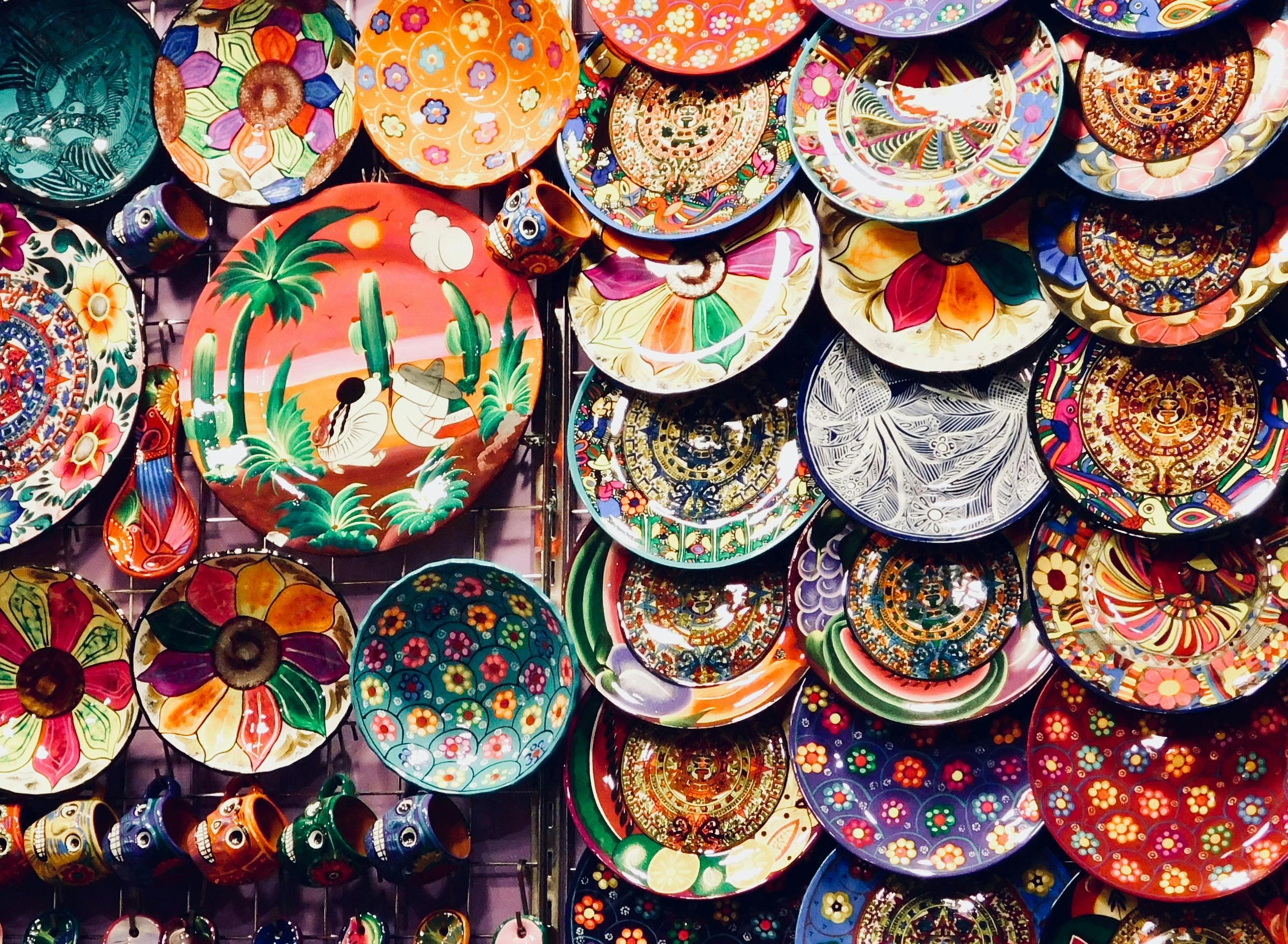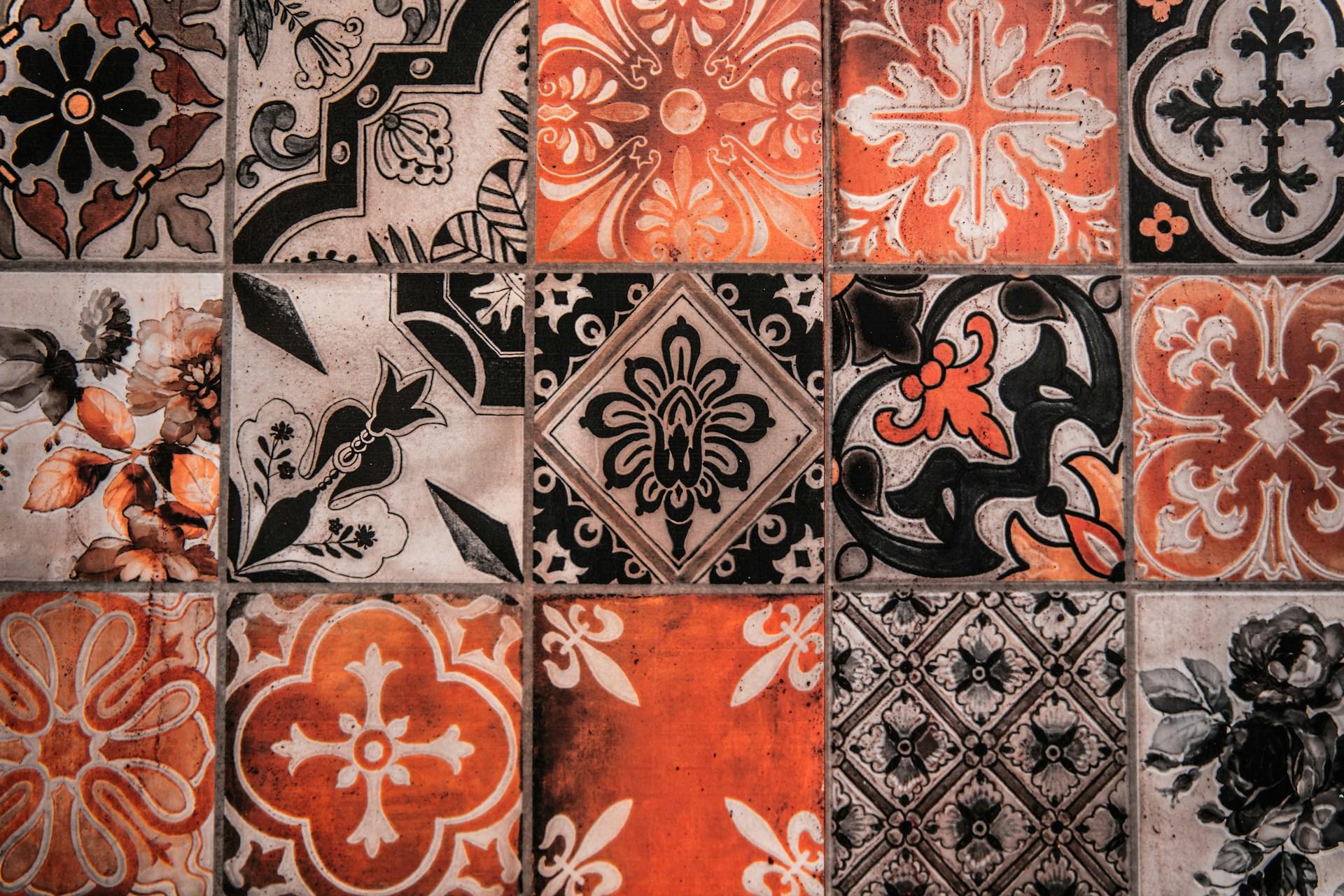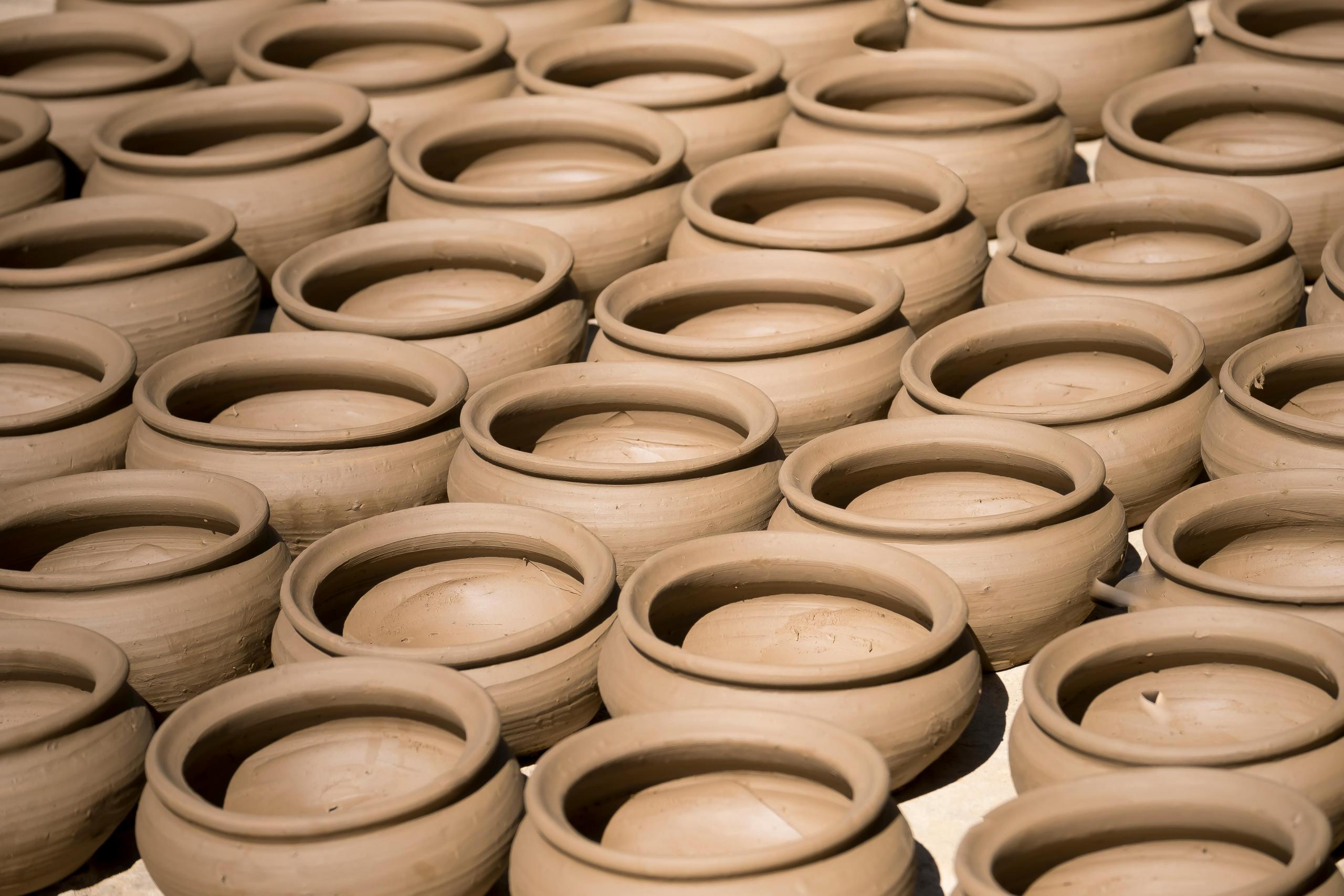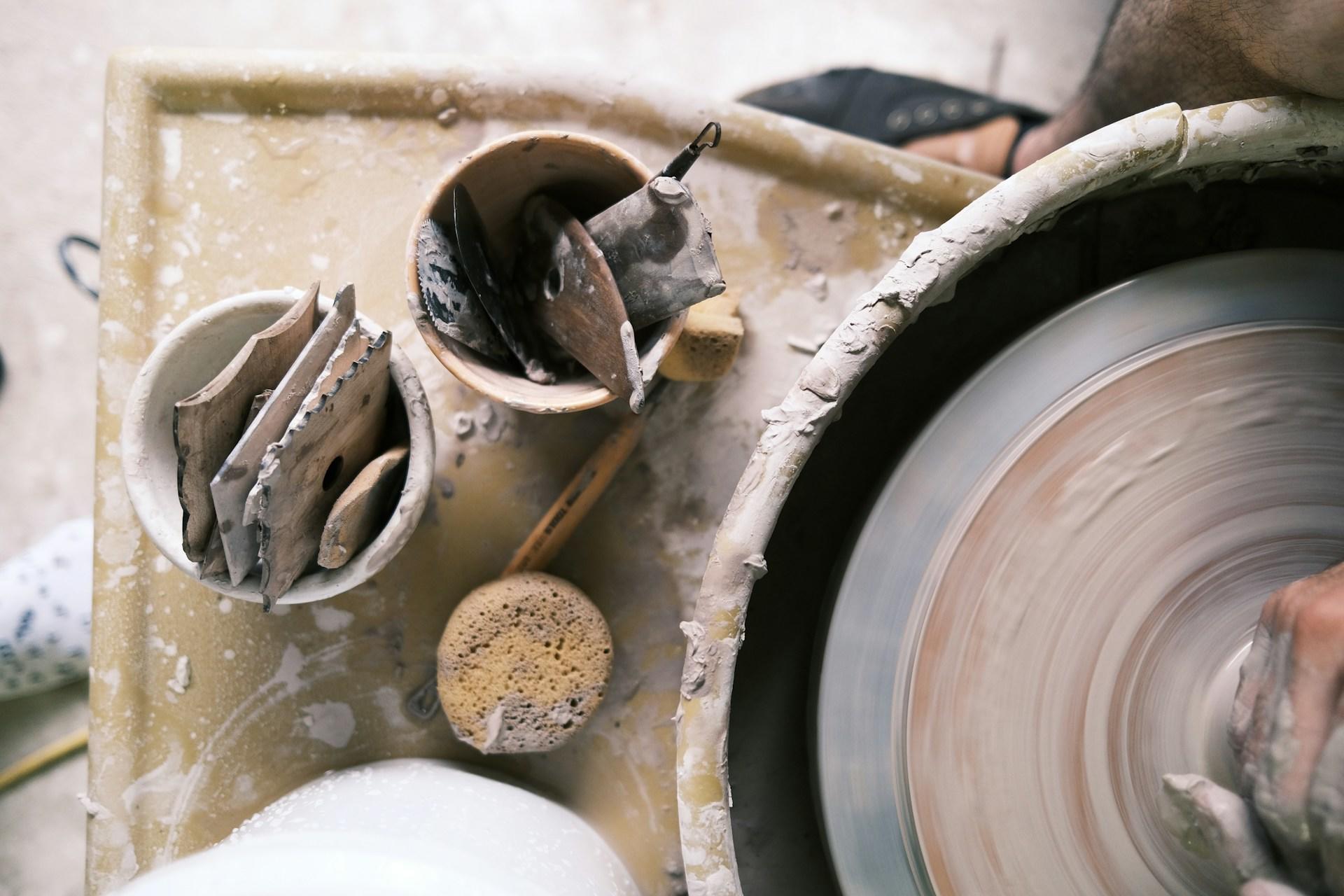Ceramic materials have been used for centuries to create beautiful and intricate works of art. From delicate porcelain figurines to vibrant ceramic tiles, these materials have the power to transform the ordinary into the extraordinary.
But what exactly are ceramic materials and how do they achieve such stunning results?

The History and Origins of Ceramic Art
The history of ceramic art dates back thousands of years, with evidence of its existence found in ancient civilisations across the globe. From the delicate porcelain of China to the vibrant pottery of ancient Greece, ceramic art has evolved and adapted to various cultural contexts throughout history.
One of the earliest known examples of ceramic art is the pottery of the Neolithic era, which dates back to around 10,000 BCE. These early ceramics were often simple in design, serving practical purposes such as food storage and cooking. However, as civilisations advanced, so too did the art form. Techniques such as glazing and firing were developed, allowing artists to create more intricate and decorative pieces.
Exploring Different Types of Ceramic Materials
In a world dominated by steel and concrete, ceramic materials often go unnoticed, silently supporting our daily lives. But these unassuming materials hold immense power and potential. With their unique combination of strength, durability, and versatility, ceramics have become indispensable in various industries.
One of the most remarkable ceramic materials is silicon carbide. With its exceptional thermal conductivity and resistance to extreme temperatures, it has revolutionised the field of electronics. From power devices to LED lights, silicon carbide has paved the way for smaller and more efficient technologies. Its low electrical resistance and high thermal stability make it an ideal choice for applications that require optimal performance under demanding conditions.
Another notable ceramic material is alumina. Known for its exceptional hardness and resistance to wear, alumina is used extensively in cutting tools, grinding wheels, and ball bearings. Its remarkable mechanical properties make it a favourite among engineers and manufacturers.

Moreover, alumina's excellent electrical insulation properties have made it a popular choice for electronic components like insulators and substrates.
Nitride ceramics, on the other hand, offer a unique combination of high strength and low density, making them ideal for applications where weight reduction is crucial. These materials have found their way into the aerospace industry, where they are used in turbine blades, engine components, and heat shields. Nitride ceramics have also made significant contributions to the field of biomedical engineering, with applications ranging from dental implants to bone substitutes.
The diverse applications of ceramic materials are endless. From heat-resistant tiles on spacecraft to protective coatings on industrial equipment, ceramics continue to push the boundaries of what is possible. As we delve deeper into the world of advanced ceramics, we unlock new opportunities for innovation and progress. So next time you hold a smartphone or marvel at a skyscraper, remember that behind these modern marvels lies the power of ceramic materials.
Techniques and Processes in Ceramic Art
Creating ceramic art involves a series of complex techniques and processes that require skill, patience, and precision. One of the most fundamental steps in ceramic art is the preparation of the clay. The clay must be properly wedged, or kneaded, to remove any air bubbles and create a uniform consistency.
Once the clay is prepared, it can be shaped and moulded into the desired form. This can be done by hand or using a potter's wheel, depending on the artist's preference and the complexity of the piece. After the initial shaping, the piece may undergo further refinement and detailing using various tools and techniques.
Once the piece is shaped and detailed, it is typically allowed to dry before being fired in a kiln. Firing is the process of subjecting the clay to high temperatures to remove any remaining moisture and harden it into a permanent form. The temperature and duration of the firing process can vary depending on the type of clay and desired outcome.
After the initial firing, the piece may be glazed to add colour, texture, and protection. Glazing involves applying a liquid mixture of minerals and pigments to the surface of the piece, which will fuse with the clay during a second firing. The glaze can dramatically enhance the appearance of the piece, adding depth, shine, and unique visual effects.

The Art of Ceramic Painting
Ceramic painting is a specialised form of art that involves applying paint or pigments to ceramic surfaces. This technique allows artists to add colour, detail, and personal expression to their ceramic creations. Ceramic painting can be done using a variety of tools and techniques, including brushes, sponges, and even airbrushing.
One of the key challenges in ceramic painting is the need for specialised paints and techniques that can withstand the high temperatures of the firing process. Traditional ceramic paints are made from a mixture of finely ground minerals and pigments, which are suspended in a liquid medium. These paints are carefully applied to the ceramic surface and will fuse with the clay during the firing process, creating a permanent bond.
In addition to traditional paints, modern ceramic artists have also embraced new technologies and materials to push the boundaries of ceramic painting. For example, some artists use ceramic decals, which are pre-printed designs that can be transferred onto the ceramic surface. This allows for highly detailed and complex imagery that would be difficult to achieve by hand.
Ceramic painting offers artists a unique opportunity to explore colour, texture, and form in their creations. Whether it's a delicate porcelain vase or a vibrant ceramic tile mural, the art of ceramic painting can transform a simple ceramic piece into a visually stunning work of art. If you're interested, you can find a pottery making and painting class near you.

The Beauty of Ceramic Tiles
Ceramic tiles have long been used in architectural design for their beauty, durability, and versatility. From the intricate mosaic patterns of ancient Roman baths to the sleek, modern designs of contemporary buildings, ceramic tiles have the power to transform architectural spaces into works of art.
One of the key advantages of ceramic tiles is their ability to withstand the elements. Unlike other types of flooring or wall coverings, ceramic tiles are highly resistant to moisture, heat, and wear. This makes them an ideal choice for areas such as bathrooms, kitchens, and outdoor spaces, where durability and longevity are essential.
Ceramic tiles also offer a wide range of design possibilities. They can be glazed or left unglazed, allowing for a variety of finishes and textures. They can be cut into different shapes and sizes, creating intricate patterns and designs. And they can be painted or printed with a wide range of colours and images, adding visual interest and personality to any space.
In addition to their practical and aesthetic benefits, ceramic tiles also offer environmental advantages. They are made from natural materials, such as clay and minerals, which are abundant and sustainable. They also have a long lifespan, reducing the need for frequent replacements and minimising waste.
Traditional Pots and Their Significance in Ceramic Art
Traditional pots have played a significant role in ceramic art throughout history, serving both practical and symbolic purposes. From ancient burial urns to ornate tea sets, traditional pots have been used to store, serve, and display various substances and objects.
One of the key characteristics of traditional pots is the functionality. They are designed to hold and contain liquids, food, or other materials, often featuring specific shapes and sizes for specific purposes.
Beyond their practical uses, traditional pots also hold great symbolic and cultural significance. They are often associated with specific rituals, ceremonies, and traditions, representing both the past and the present.
The Future of Ceramic Materials in the Art World

As technology continues to advance and new materials and techniques emerge, the future of ceramic materials in the art world looks promising. Ceramic artists are increasingly incorporating digital processes, such as 3D printing and laser cutting, into their practice, allowing for greater precision and complexity. These technologies also open up new possibilities for customisation and personalisation, allowing artists to create truly unique pieces.
Another area of growth for ceramic materials is in the field of sustainable design. As environmental concerns become more pressing, artists and designers are turning to ceramic materials for their eco-friendly properties. Ceramic materials are made from natural, renewable resources and can be recycled or repurposed at the end of their lifecycle. This makes them an attractive choice for environmentally-conscious artists and consumers.
To conclude, the unique properties of ceramic materials make them a popular choice among artists and craftsmen. The wide variety of ceramic materials available, from porcelain to stoneware to terracotta, offers endless possibilities for creative expression.
Whether it's through the art of ceramic painting, the use of ceramic tiles in architectural design, or the creation of traditional pots, ceramic materials continue to inspire and captivate artists and viewers alike. As technology advances and new materials and techniques emerge, the future of ceramic materials in the art world looks bright.
So next time you encounter a beautiful ceramic piece, take a moment to appreciate this lovely art form. Behind every masterpiece lies the skill, creativity, and dedication of the artist, as well as the incredible potential of ceramic materials to bring their vision to life.















